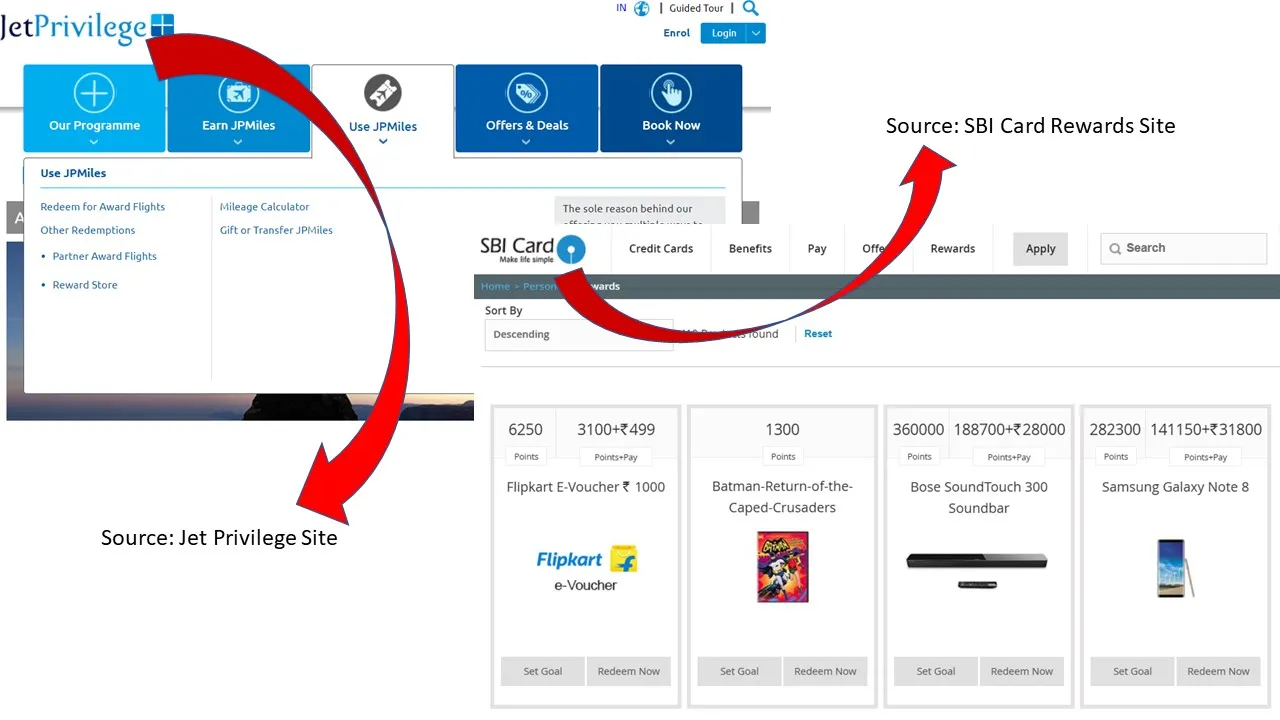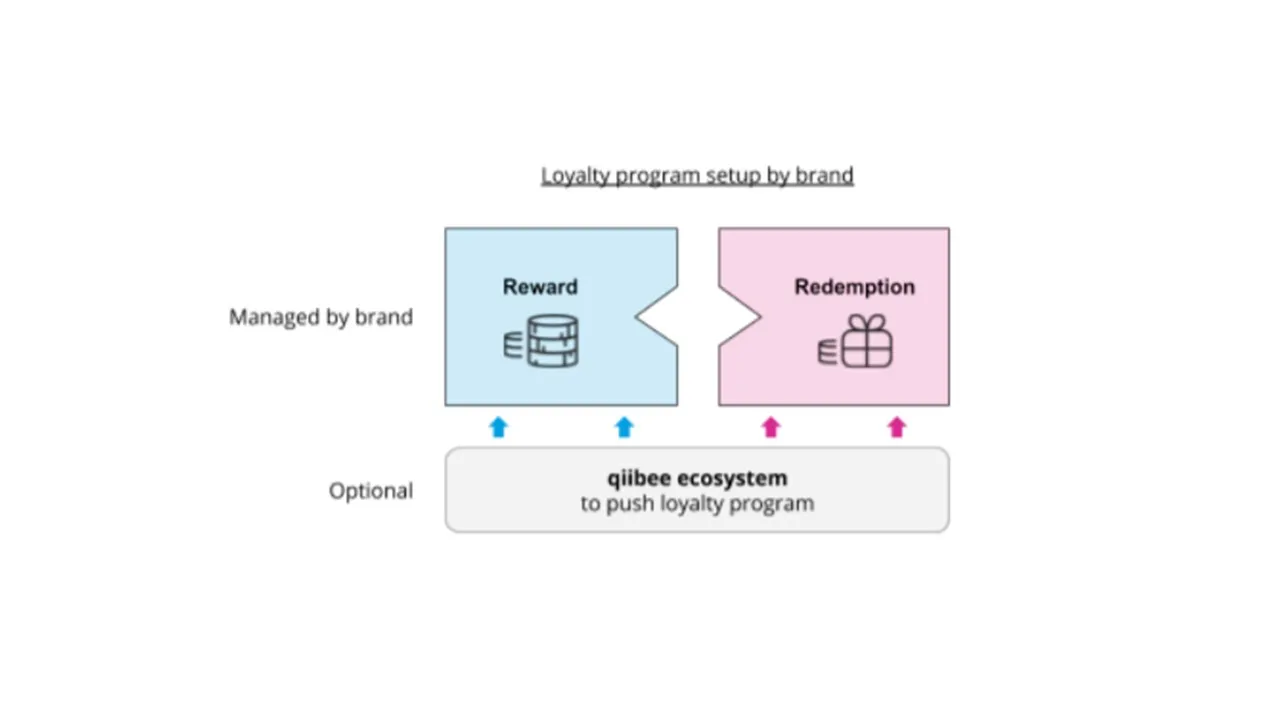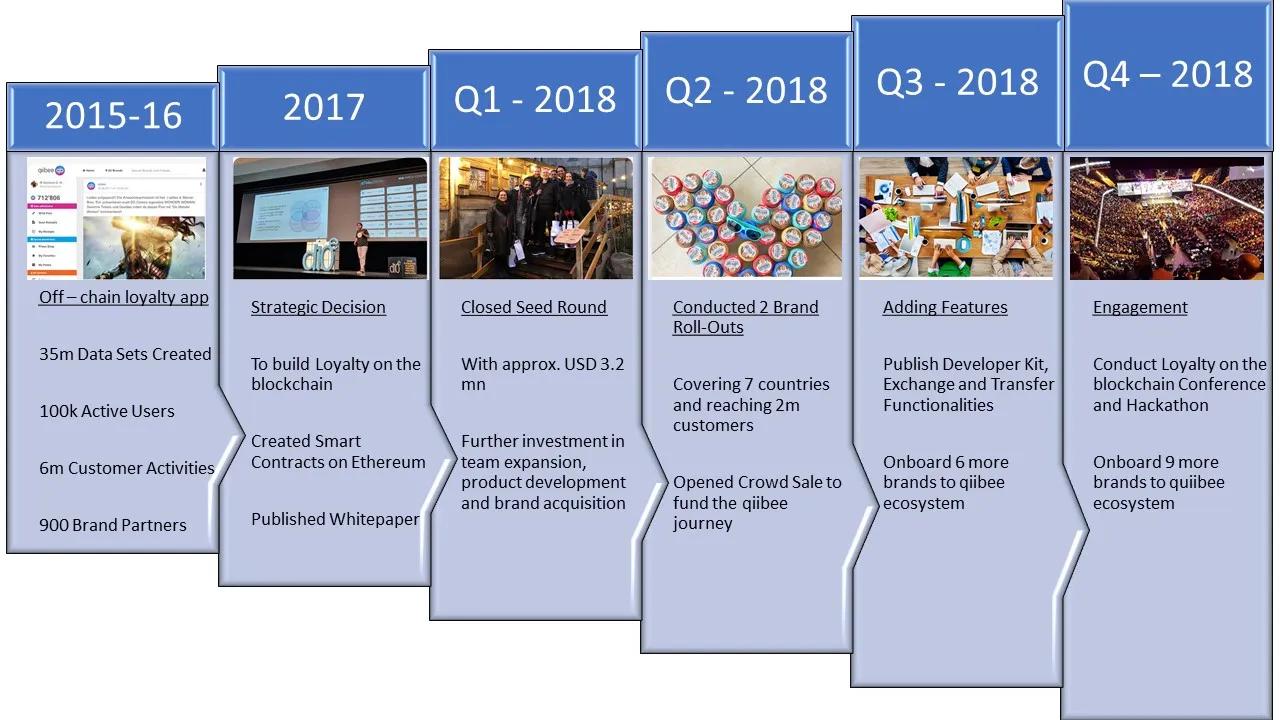Introduction
If I were to ask you what is common between Apple, Nike and Adidas, chances are that most would try to find the common link and suggest that as the answer. So, anything ranging from all three are American brands to all three being retail brands can be the answer, and nothing is wrong in that. However, a deeper look will show that each of them are known for quality products and therefore have a loyal customer base for most part. Well, that’s about the good news of the entire thing.
The not-so-great news is how will these brands fare in the face of competition which may offer products close to what these three offer? In fact, Adidas and Nike are competition vying to reach almost the same set of customers and those of us who have heard about the Apple and Samsung lawsuit, would know that we are talking of products almost similar in nature. Of course, there would be die-hard fans as customers who will never switch brands come what may, but these are far and few. What about the vast majority?
-----------------------------------------------******---------------------------------------------------
Engaging the Customers
Now, the lesser than die-hard fans are still customers and the future belongs to those companies that manage them well. To be honest, this is something companies realized nearly five decades back and that is how ‘Loyalty Programs’ were born.
Loyalty programs have had their own hits and misses and probably the only ones working well could be the airlines loyalty program where you collect Air-miles and use it the next time you travel. That said, the fragmented nature of these programs is what affects the customer engagement and therefore, the customer experience.
What I mean is how can a customer use his Air-miles to buy his favorite branded jeans and vice-versa. Difficult? Yes, it is but brands are indeed giving it a thought.
-----------------------------------------------******---------------------------------------------------
Cross – Engaging Customers

The pictures you see above are from two known brands from Asia. The one on the left is from Jet Airways’ website which caters to international and domestic Indian flights, having a partner association with Etihad Airways. The one on the right is from the website of SBI cards another well-known bank providing banking and credit services.
Now, on close observation, you would notice that both the brands are trying to use their reward points and Air-miles to enable their customers to buy other products or services. Obviously, they recognize that buyers of their service would also be interested in other products and services and not always can they sell their own services to the same customers. I mean, if you already have a credit card from SBI Cards, how many more cards are they going to sell to you? I guess not even one more. So, the obvious thing for loyalty is to make other products and services available to its customers.
This arrangement of cross-engaging is way better than engaging by only selling the brand’s products and I am sure everyone can see that. However, there are limitations over here too.
The program is still fragmented and has to depend on what the loyalty service provider deems appropriate as other brands to be sold on its platform. For example, if I am in the U.S. and would want to buy tickets from Southwest Airlines or Delta Air Lines, can I use the Air-miles of Jet Airways to do so? No sir, definitely not. You can only spend the Air-miles on booking Jet Airways tickets or Etihad tickets but absolutely no other airlines’ ticket. See the limitation?
By now readers would recognize the need of the hour and to just be explicit, we are talking about loyalty program which can give the customer the freedom to choose any brand that he or she wants to spend the loyalty points on and also a possibility to change the points back to cash, if required.
Is there such a solution? Turns out there is.
-----------------------------------------------******---------------------------------------------------
And we are talking about qiibee

qiibee entered the loyalty market in 2015 and since then worked with around 900 brands. qiibee has revolutionized the loyalty market and allows brands to run their loyalty programs over the blockchain. This gives customers the desired freedom to choose the brand where they want to spend their points, which will be tokens in terms of a blockchain. This would, in turn, bring together the fragmented loyalty market and allow it to engage customers at a higher level and allow brands to interface with customers of other brands.
Since the company started only in 2015, it is easy to call them a start-up and believe that they still have to make their mark; though, the truth is that they are quite well-established for a company which started just about three years back. Their platform is already live and they are scaling up as we speak.
-----------------------------------------------******---------------------------------------------------
What are they really addressing?
qiibee is addressing one of the points that we discussed early on in this article and that is the limitation customers have with loyalty points and its usage. In all honesty, that is not the only point being addressed and there are more – taking care of both, customers’ viewpoint and brands’ viewpoint.
Let’s talk about the Brand’s viewpoint first.
1. High cost of acquisition and hence engagement
Now it is obvious that if you and I are buying a brand then at the first instance we would have seen about it or read about it somewhere. Whether it is the dynamic visual medium like television, internet and mobile ads or static visual medium like newspapers, magazine and hoardings, brands are spending enormous amounts of money just to grab customers’ attention. If this spend in billions of dollars is not enough, brands have to further spend money on keeping customers engaged.
2. High cost of loyalty programs
There are multiple things over here. One is the direct cost of setting up a loyalty program and second is the money spent on convincing customers to sign-up. The problem is that for a customer there are innumerable programs out there and not many prove to provide direct and immediate benefits. Even if customers sign-up for the program they will just collect points and remain passive. Brands have to devise a way to engage such customers and that would be cost number three.
3. Liability Accounting
According to Freund, 2017, there is about USD 100 billion in points left unredeemed. Here is where the issue of uncertainty and accounting come together. How can a company account for the points that it can expect to be redeemed in a year? It is absolutely the convenience of the customer and there is no saying, if the customer will redeem it or just forget it. But the problem for the company is that such points are considered as deferred revenue and can impact the P&L of a company.
4. Security Breach
Since customers’ detail are stored with the brand, they have to be extra careful about the security. The level of security is even more in case of banking products or services. Just imagine the money that would be required to be spent on just keeping the data secure. These are all high costs for the brand.
Now let’s look at the customer’s pain points.
1. Can’t redeem the points freely
We already spoke about this under the introduction section and how the customer needs to redeem only with the brand or exchange the points for products which the brand deems appropriate. This limits customers.
2. Threshold of spend and points decided by the brand
Although, points accumulate in the program for a customer, it is the brand which decides at what threshold can the customer spend. It is also the brand which decides on what can the customer spend. This is like a lock-in period where the customer has no choice on the matter.
3. Zero Value beyond the Brand
The points accumulated under the loyalty program of a brand will have no value if it is tried to be exchanged outside the brand’s set rules or offers. This is like my example of the Jet Airways’ Air-miles being completely useless in buying a Delta Air Lines ticket.
-----------------------------------------------******---------------------------------------------------
Got that. So, how are they addressing it?

qiibee is a blockchain solution built on Ethereum, undoubtedly one of the most robust blockchain protocols, for running their loyalty programs. They will have two kind of users – the brand and their customers. In line with these set of users, the platform has two parts to it – the developer kit and the qiibee app. On the one end, brands can use the developer kit to set-up their own program and run it the way they would want while on the other end customers can use the qiibee app to see all their tokens, across all the brands, in one go.

Not only can brands communicate with its customers in rewarding and allowing them to redeem, the brands can also communicate with customers of other brands on the qiibee platform. They can create programs like loyalty token airdrop.
-----------------------------------------------******---------------------------------------------------
This is bipolar freedom in my opinion, not only can customers spend the tokens (QBX) on whichever brands they like but brands can also access other brands’ customers who are on the qiibee platform.
-----------------------------------------------******---------------------------------------------------
What are the Benefits?
The benefits are exactly handling the concerns that we saw from the brands’ and customers’ perspective and more.
From the Brands’ perspective it is:
1. A plug & play - Brands can use the developer kit and set up their interface and interaction with the customers. They can decide the budget for the program and exchange with equivalent QBX and make it available for their customers
2. Increased Engagement – The QBX itself being a token with real value, it will be possible to exchange with real currencies. Also, the inherent nature of fluctuation of the currency with FIAT will make it valuable to customers to hold on. This aspect can be taken advantage by brands and tap into the larger ecosystem of qiibee’s ecosystem
3. Liabilities disappear – Since QBX is a token with real value, it appears as a spend on the brands’ P&L and hence it vanishes from the liabilities side, as there is no promise of service with the release of the token, rather it is a give-away of value itself
4. Reduced cost and risk – Since we are talking about activities close to real trading, the risk is mitigated by the users themselves accounting for the tokens they hold. Besides, the brands will be excited on spending lesser amount as compared to traditional ways of running loyalty programs, yet get a customer base which is beyond its own reach
From the Customers’ perspective it is:
1. Single window to view all token – As suggested, customers can see all the tokens collected by them across brands and use them to interact with their favourite brands
2. Transaction across the board – customers can transact with other clients in the ecosystem, a feature that traditional loyalty programs don’t offer, and also collect tokens from brands doing an airdrop
3. QBX can be traded easily – since all brands and customers will be using QBX, which in itself will be a traded token, it can be used outside the brands’ context as much as traded for other cryptocurrencies or FIAT
4. Cash out – If the customers wants to cash out part or full of their QBX, they can do so with other cryptocurrencies or FIAT through third party integration
-----------------------------------------------******---------------------------------------------------
Who are using qiibee’s platform?
qiibee has acquired direct customers, as much as working on the sales pipeline with customers having evinced interest to work with them. In addition, using the multiplier effect to reach customers of third parties, like marketing agencies, is also something qiibee team is actively looking at.
A sum total of these three kinds of customers are depicted below.

-----------------------------------------------******---------------------------------------------------
How has the Journey been and What’s Ahead?

The immediate activity is for qiibee to onboard the coffee brand Lattesso and reach 2 million customers throughout Switzerland, Germany, Austria, the Benelux, and Russia.
-----------------------------------------------******---------------------------------------------------
Now, meet the qiibee Team and their Advisors
One Team One Dream – Loyalty on the blockchain

-----------------------------------------------******---------------------------------------------------
It is also recommended that readers understand more about Qiibee through any of the following informative resources.
- qiibee Website
- qiibee WhitePaper
- qiibee Telegram
- qiibee Medium
- qiibee Twitter
- qiibee Facebook
- qiibee Instagram
- qiibee Linkedin
- qiibee Google Plus
-----------------------------------------------******---------------------------------------------------
This article is written in response to originalworks’ call on authors’ thoughts on qiibee. It can be read here. Also, qiibee has planned an Airdrop and Steemit special on this link. Please read through the article to get to know about the airdrop. Go get it and have fun!
qiibee2018